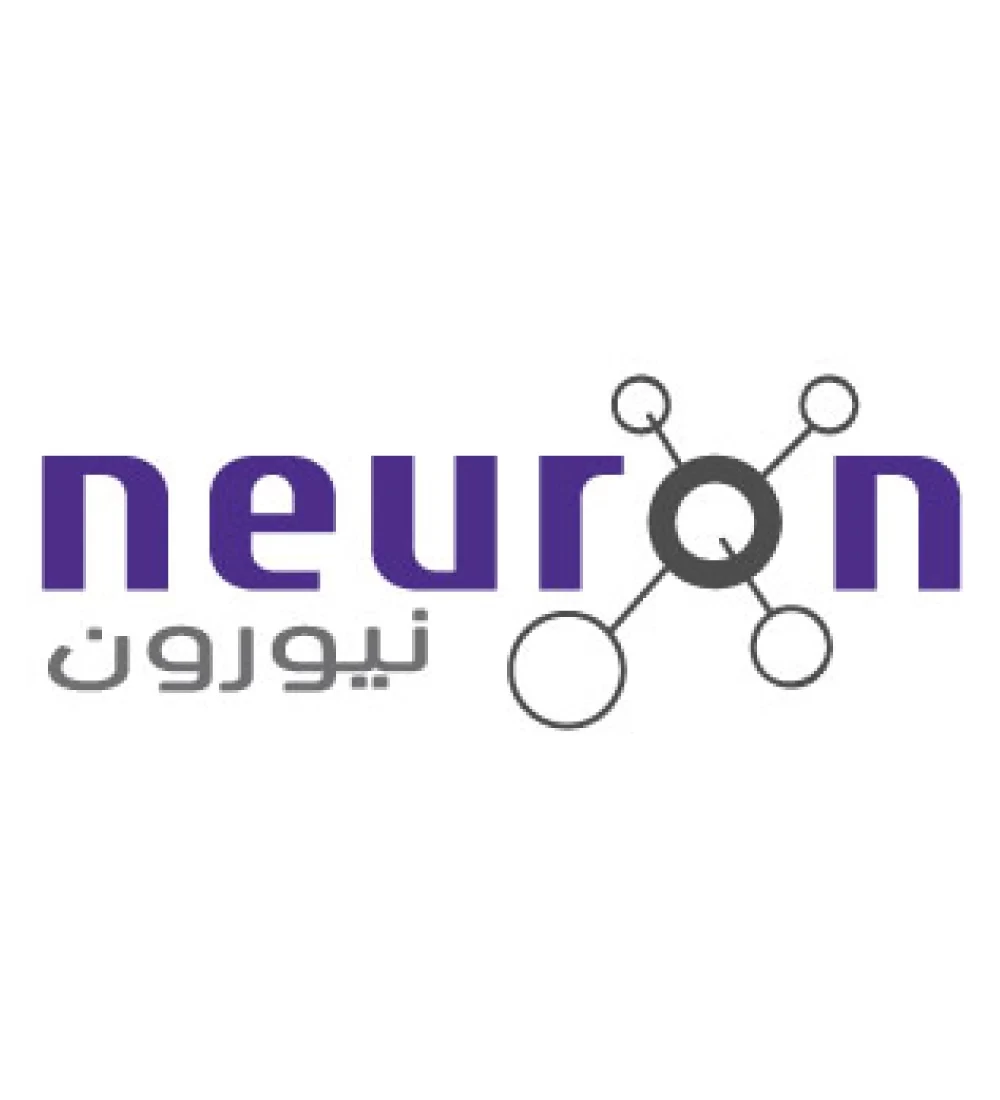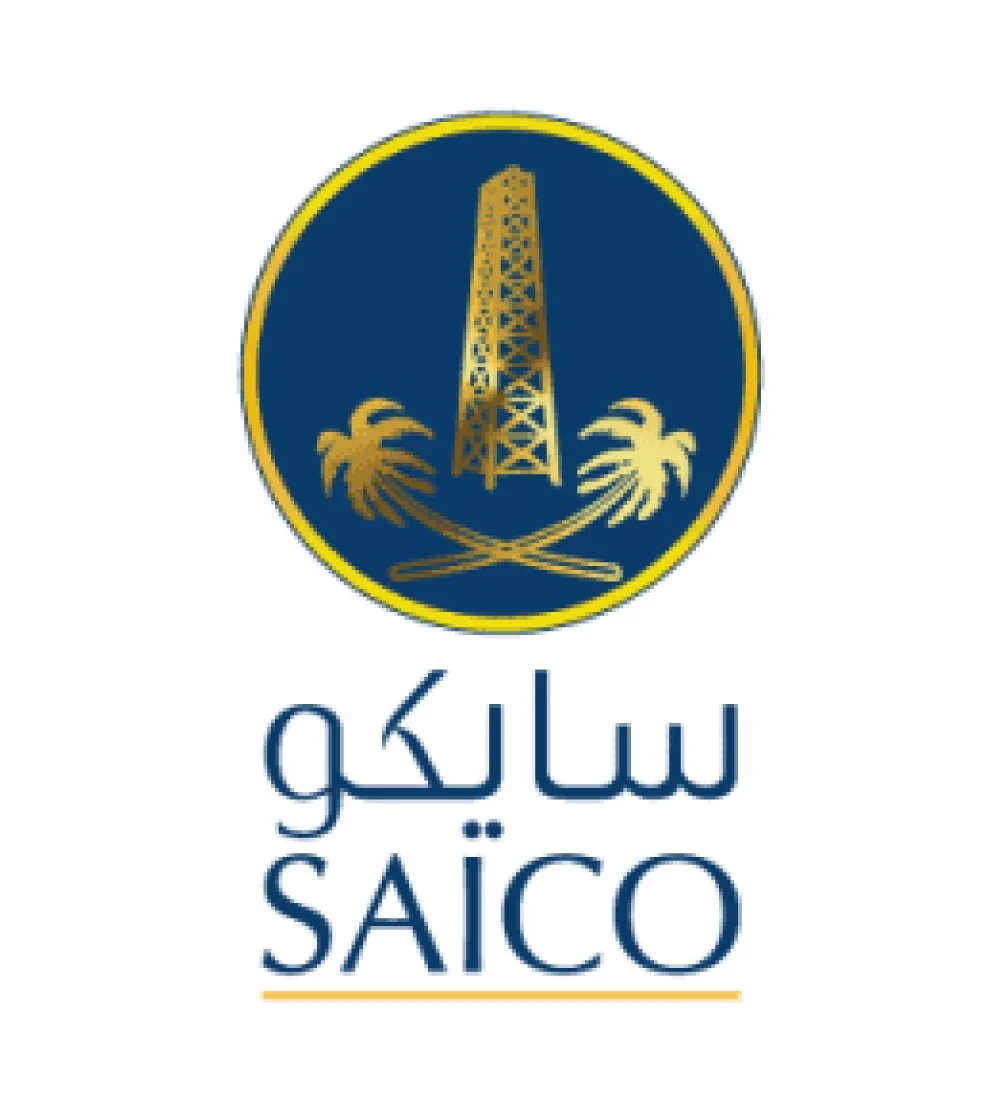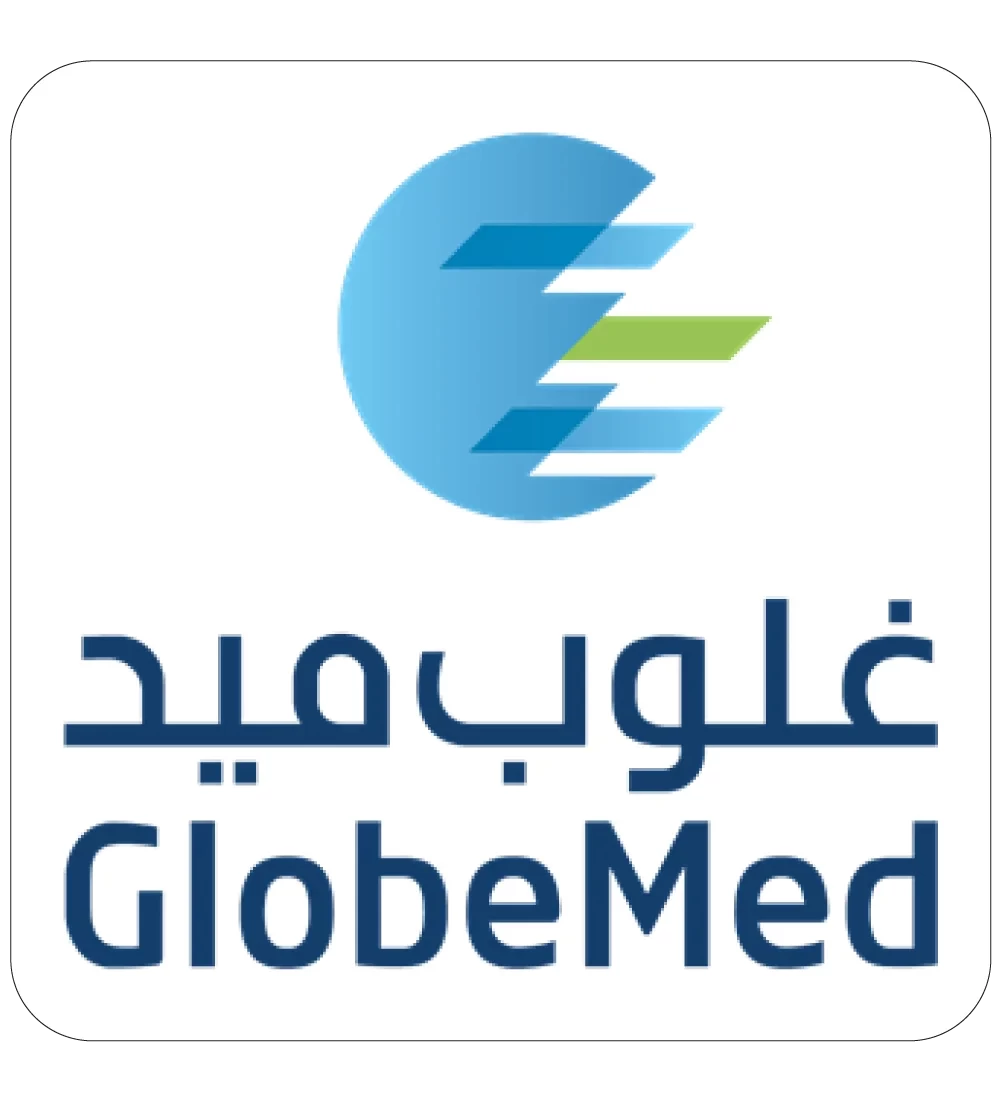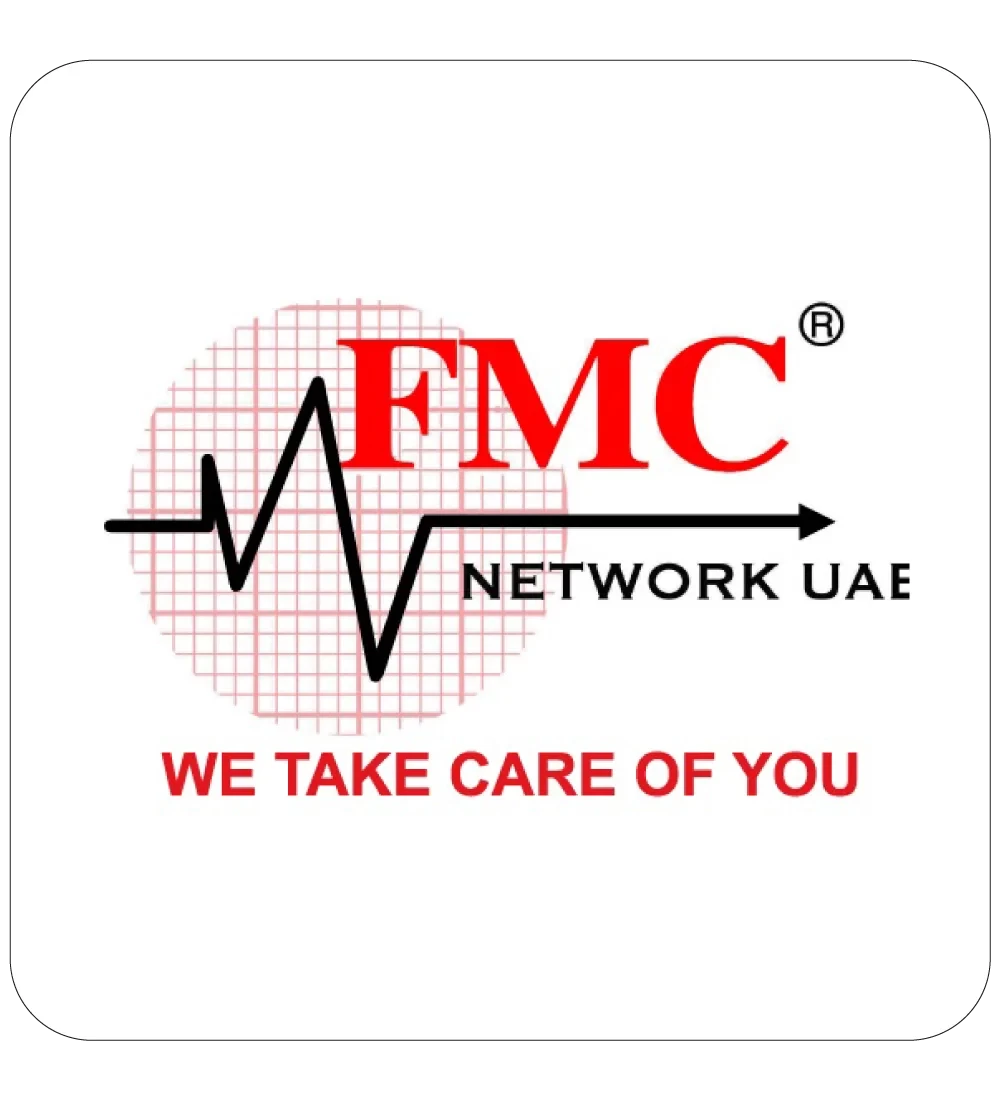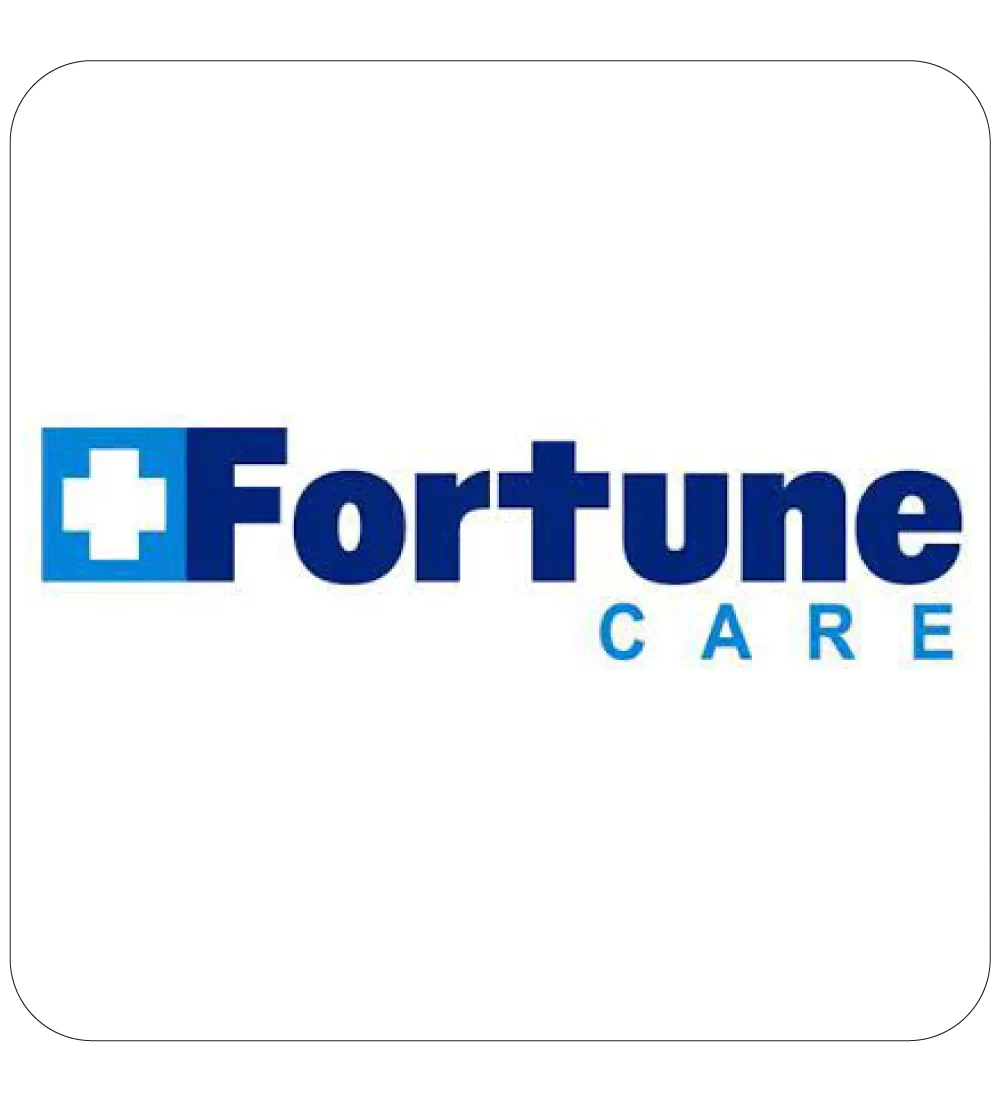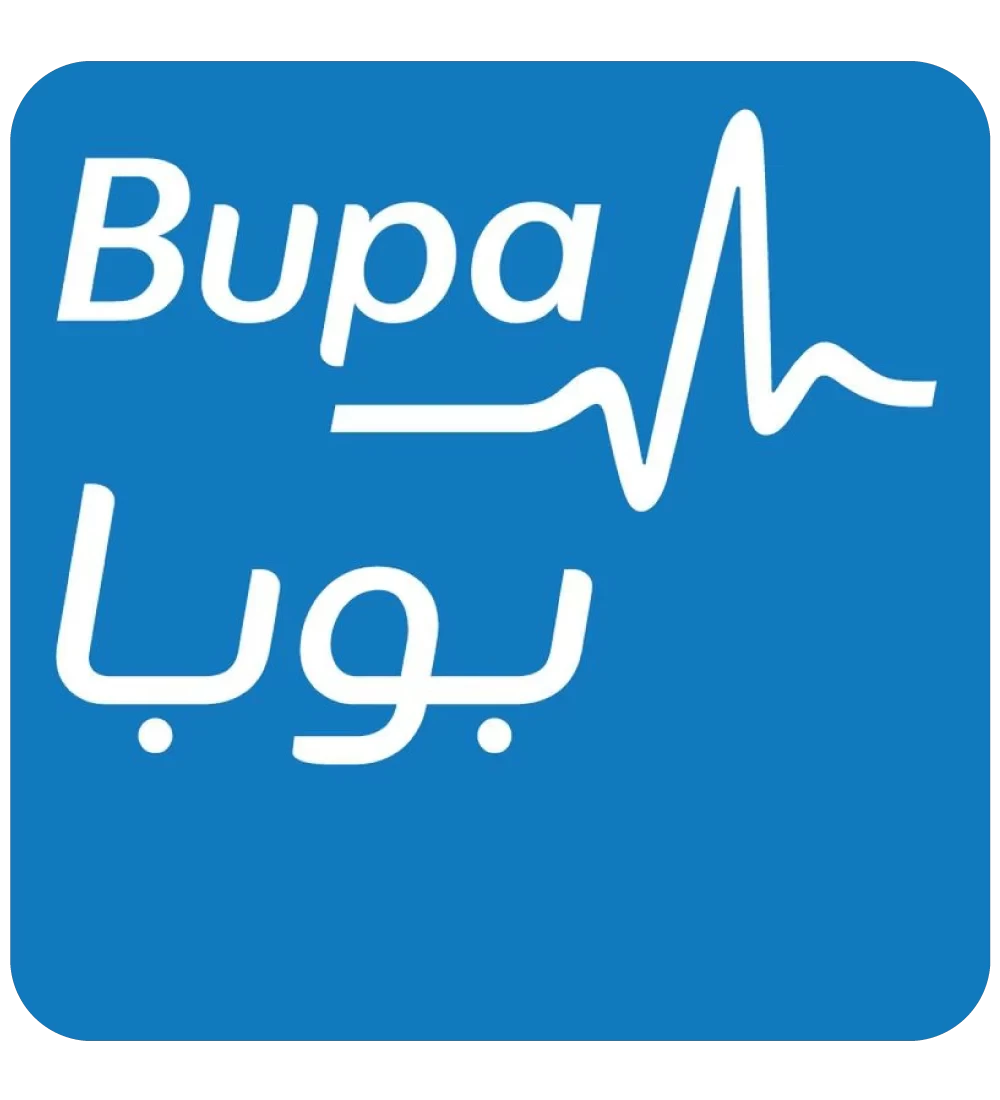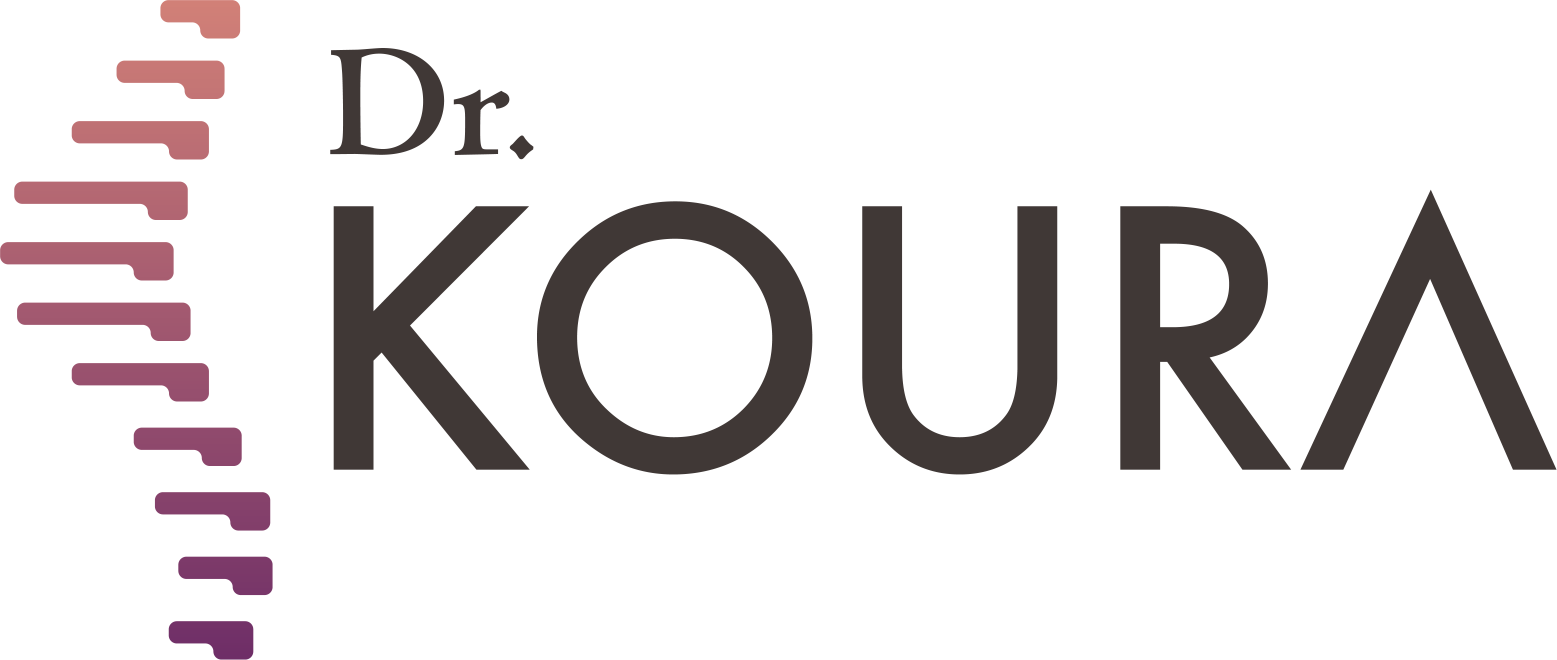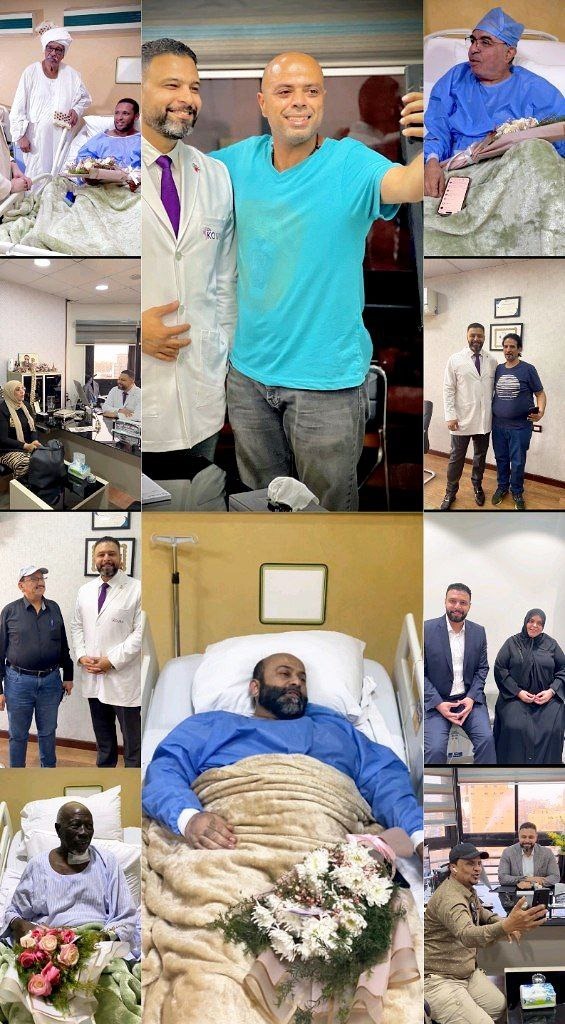
To see patients' reviews
Click hereTreatment of herniated disc with minimally invasive endoscopy (DISC-FX)

Symptoms
- Lower Back Pain
- Sciatica
- Spinal Pain
- Leg Numbness
Herniated Disc Treatment with Endoscopy
Herniated disc treatment with endoscopy is one of the safest and most advanced modern procedures to address disc problems and relieve back pain caused by disc inflammation. In this article, you will learn about the advantages and potential risks of endoscopic disc treatment.
Causes of Herniated Disc Issues
Many factors have led to the widespread occurrence of back pain and spinal problems, including prolonged improper sitting, lifting heavy objects incorrectly, and more. Treatment options vary depending on the severity of the condition, ranging from physical therapy and medication to non-surgical interventions and surgical procedures.
While multiple treatment methods exist, non-surgical approaches are often preferred. Among the most effective non-surgical techniques is the Minimally Invasive Disc-FX Procedure, introduced to Egypt by Dr. Mohamed Korra, a leading expert in this field. Dr. Korra continually stays updated with the latest medical advancements through participation in international conferences alongside top physicians and experts worldwide.
What is the Minimally Invasive Disc-FX Procedure?
The Disc-FX procedure is a minimally invasive technique used to access and treat damaged spinal discs without affecting surrounding tissues, nerves, or disc structure. Its primary goal is to effectively treat herniated discs and alleviate back pain.
Dr. Mohamed Korra's clinic was the first to introduce the Disc-FX technique in Egypt, known for its speed, safety, and proven effectiveness in lumbar herniated disc removal.
Who Needs the Minimally Invasive Disc-FX Procedure?
This technique may be recommended for patients with:
- Painful lumbar disc herniations.
- Small disc bulges and annular tears.
- Lumbar herniation accompanied by lower back or leg pain.
- Herniated discs causing mechanical nerve compression.
- Sciatica.
- Back pain from internal disc herniation (Discogenic Pain).
Steps of the Minimally Invasive Disc-FX Procedure
- Local Anesthesia: The patient receives local anesthesia in a sterilized operating room.
- Precision Needle Placement: A small needle is inserted into the disc under fluoroscopic guidance to ensure access to the herniated portion of the disc.
- Herniated Disc Removal: A fine instrument is used to remove the herniated section of the disc causing pain.
- Disc Cauterization: The treated area is cauterized to prevent future disc herniation or complications.
Recovery Time After Disc-FX
Patients can leave the clinic 30 minutes after the procedure and resume normal daily activities pain-free within 48 hours.
Benefits of Disc-FX Treatment
- Quick, Safe, and Easy: The procedure is efficient and minimally invasive.
- Permanent Solution: Provides long-term relief, not a temporary fix.
- Minimally Invasive: Requires only a small skin incision, no stitches needed.
- Painless: No significant discomfort post-procedure.
- Short Procedure Time: Minimal time required for completion.
- Local Anesthesia: General anesthesia is unnecessary.
- Rapid Recovery: Patients return to normal activities within three days.
- No Complications: No bleeding, infections, or other risks.
- Suitable for All Ages: Effective for elderly and obese patients.
Risks and Complications of Disc-FX
The Disc-FX procedure is highly safe and does not cause any complications. The small incision minimizes the risk of bleeding or infection, and there is no chance of postoperative infection.
Conclusion
To ensure effective herniated disc treatment and avoid recurrence, it is crucial to adopt a healthy lifestyle. Follow your doctor's advice, including:
- Losing excess weight.
- Avoiding heavy lifting.
- Maintaining proper sitting posture.
For more information about the Disc-FX procedure or to book a consultation, contact us on WhatsApp.
Dr. Mohamed Koura is here to assist you using the latest therapeutic techniques, including thermal radiofrequency and laser treatments for spinal pain without surgery—book your appointment now from here.
Why Choose Dr. Mohamed Koura ?
Simply because he is the best doctor in his feild. He stays updated on the latest treatment technologies through his participation in various international conferences with leading foreign doctors and experts. Finally, and most importantly, Dr. Mohamed Koura is the best doctor in Egypt and the Arab world, possessing 12 non-surgical techniques for treating spinal and joint problems. He was the first to introduce modern interventional treatment techniques in Egypt & the Middle East and is the only one using the disc fx technique to treat spinal pain.
Certainly not, some cases must be treated surgically, and the most appropriate technique for the patient is determined through a medical examination and the presence of imaging studies.
No, it is necessary to make a reservation through a phone call or social media messages.
There are no risks or side effects associated with non-surgical pain interventions.
The patient needs only 3 to 4 days before they can travel comfortably, and the hospital stay does not exceed 6 to 8 hours.
A condition cannot be accurately assessed and a proper medical diagnosis made without a medical examination and recent imaging studies.
Yes, there are several payment methods available through Visa or electronic wallets by making a reservation on our website.
Certainly, obesity is one of the causes of knee osteoarthritis.
Radiofrequency activates the nerve and does not cause any damage to it.
Non-surgical interventions are a definitive treatment for some cases and pain relievers for other cases, which is determined by the doctor through a medical examination.
If the herniated disc is fully treated, there is a possibility of it reoccurring in some cases, such as not following the doctor's prescribed instructions after the intervention, experiencing an accident, or making a sudden wrong movement like lifting heavy objects.
The entire disc is not removed due to the presence of several risks and it may exacerbate the condition. Only the protruding part that causes pain is removed.
This cannot be done with radiofrequency, but it is performed through other techniques that Dr. Koura conducts.
The success or failure of non-surgical interventions cannot be judged through radiographic imaging because these procedures involve making subtle changes to critical parts to address the issue. Consequently, they do not produce significant changes to avoid potential complications in the future or damage to the spine and joints, which is our primary goal.
Spinal stenosis does not typically cause sciatica. In most cases, disc herniation is what may lead to sciatica. This does not necessarily mean that a patient with sciatica will also have spinal stenosis.
Sciatica may return if the patient does not adhere to the medical instructions provided by the doctor or in the event of an unexpected accident.
A life without pain without surgery
Once you book with Dr. Koura
Get rid of pain with just one call.. Book your appointment now with pain Management consultant Dr. Koura.
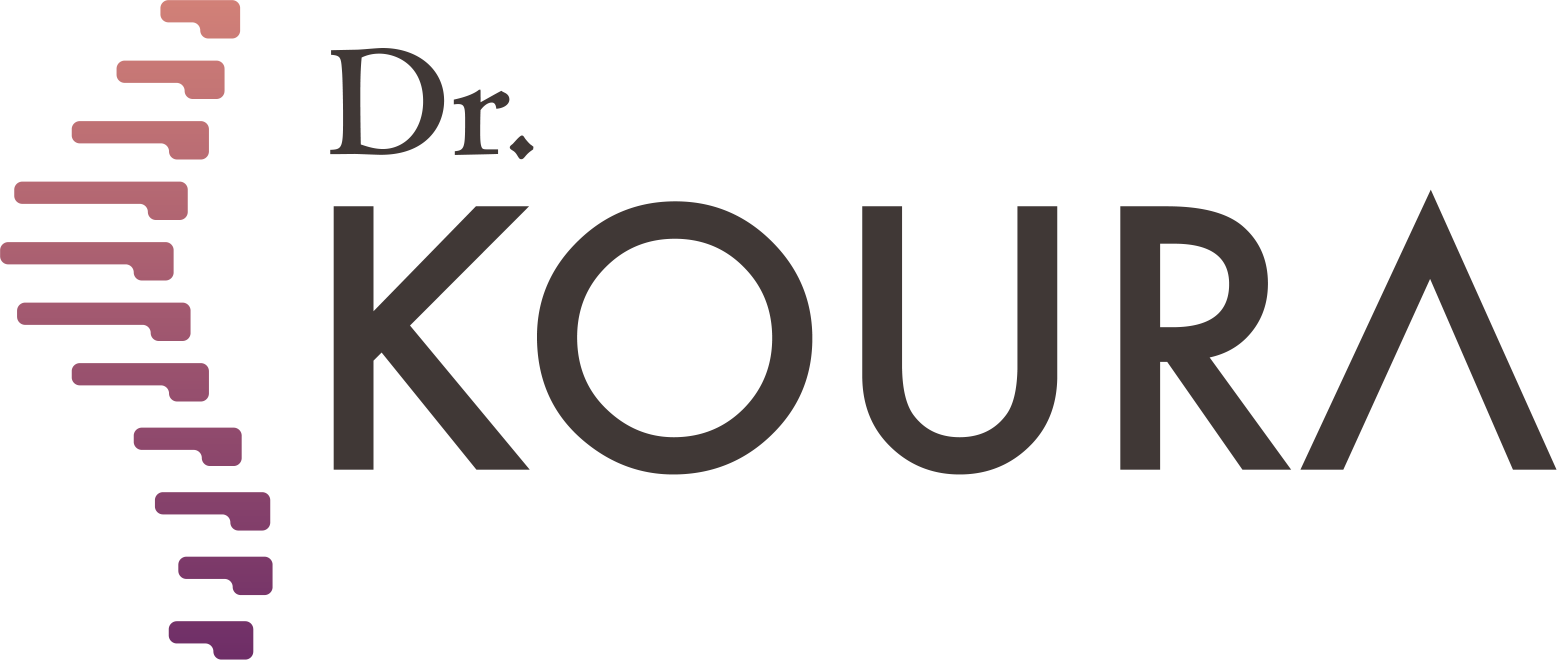





-webp.webp)




-webp.webp)







